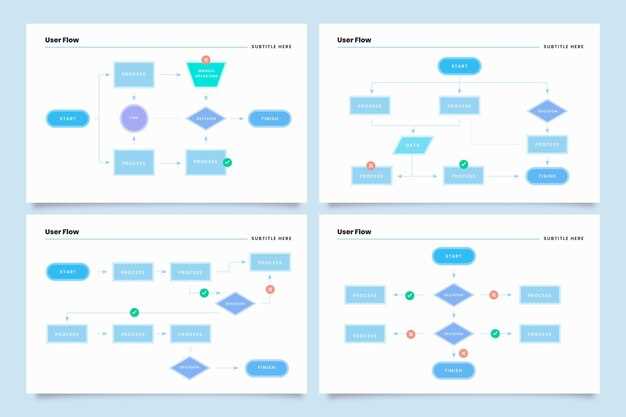
Losartan is a widely used medication for the treatment of hypertension and other cardiovascular conditions. It belongs to the Biopharmaceutical Classification System (BCS) Class II drug category, which ensures its high bioavailability and therapeutic effectiveness.
By understanding the specific classification of Losartan, healthcare professionals can optimize dosing regimens and achieve better patient outcomes. Learn more about the benefits of Losartan BCS classification and its impact on cardiovascular health.
Overview of Losartan BCS Classification

The Biopharmaceutical Classification System (BCS) is a scientific model that categorizes drugs based on their solubility and permeability characteristics. It classifies drugs into four classes (I-IV) based on their solubility and permeability properties. This classification system helps in predicting the pharmacokinetic behavior of drugs in the human body, which is crucial in drug development.
For Losartan, it falls under Class II of the BCS, which means it has low solubility but high permeability. This classification has implications for the formulation and development of Losartan as a drug. Formulation strategies can be tailored to improve the solubility and bioavailability of Losartan, thereby enhancing its therapeutic effects.
| BCS Class | Solubility | Permeability |
|---|---|---|
| Class II | Low | High |
Understanding the BCS System
The Biopharmaceutics Classification System (BCS) is a regulatory framework that classifies drugs based on their solubility and permeability characteristics. This system plays a crucial role in drug development as it helps in understanding the behavior of drugs in the human body.
BCS categorizes drugs into four classes: Class I, II, III, and IV. Class I drugs have high solubility and high permeability, while Class II drugs have low solubility and high permeability. Class III drugs have high solubility and low permeability, and Class IV drugs have low solubility and low permeability.
Importance of BCS in Drug Development
The BCS system aids in predicting the pharmacokinetics and bioavailability of drugs, which is essential for formulating effective dosage forms. By understanding the BCS classification of a drug, pharmaceutical companies can optimize its formulation to enhance its therapeutic efficacy and patient compliance.
Importance of BCS in Drug Development
Understanding the Biopharmaceutics Classification System (BCS) is crucial in drug development as it helps in defining the behavior of a drug in the human body. Losartan’s classification in the BCS is significant as it determines its absorption, bioavailability, and overall effectiveness.
By classifying Losartan in the BCS, pharmaceutical researchers can tailor drug formulations to enhance its solubility, permeability, and stability. This knowledge allows for the development of drug products that offer consistent and predictable therapeutic outcomes.
Losartan’s Classification in BCS
The Biopharmaceutical Classification System (BCS) categorizes drugs based on their solubility and permeability properties. Losartan, a widely used antihypertensive medication, is classified under BCS Class II. This classification indicates that Losartan has low solubility but high permeability.
Losartan’s BCS Class II classification has significant implications for drug formulation and delivery. Formulating Losartan in a way that enhances its solubility can improve its bioavailability and ensure consistent therapeutic effects. Understanding Losartan’s BCS classification allows pharmaceutical companies to develop more effective dosage forms and delivery systems for this important drug.
Benefits of Knowing BCS Classification
Understanding the Biopharmaceutics Classification System (BCS) can provide several benefits in the field of drug development. By knowing the BCS classification of a drug like Losartan, researchers and pharmaceutical companies can make informed decisions regarding its formulation, development, and regulatory approval process.
1. Optimization of Drug Formulation
- BCS classification helps in determining the appropriate formulation of a drug based on its solubility and permeability characteristics.
- By understanding the BCS class of Losartan, scientists can optimize its formulation to enhance its bioavailability and efficacy.
2. Regulatory Advantages
- Drugs classified under BCS Class I and Class III may be eligible for certain regulatory advantages such as reduced bioequivalence studies and expedited approval processes.
- Knowing the BCS classification of Losartan can streamline the regulatory path for its approval and commercialization.
In conclusion, a deep understanding of the BCS classification of drugs like Losartan can offer significant advantages in the development, formulation, and regulatory approval processes, ultimately leading to better pharmaceutical products and patient outcomes.
Implications for Drug Formulation

Understanding the Biopharmaceutics Classification System (BCS) classification of drugs like Losartan plays a crucial role in drug formulation. The BCS classification helps pharmaceutical companies optimize the formulation of drugs to improve their solubility, permeability, and bioavailability.
For Losartan, being classified as a BCS class II drug means that it has low solubility but high permeability. This information guides formulators in selecting appropriate excipients and technologies to enhance the drug’s dissolution rate and absorption in the body.
By leveraging the knowledge of Losartan’s BCS classification, pharmaceutical companies can develop formulations that ensure consistent drug delivery, maximize therapeutic efficacy, and minimize potential side effects. This, in turn, leads to the production of high-quality medications that offer better patient outcomes.
